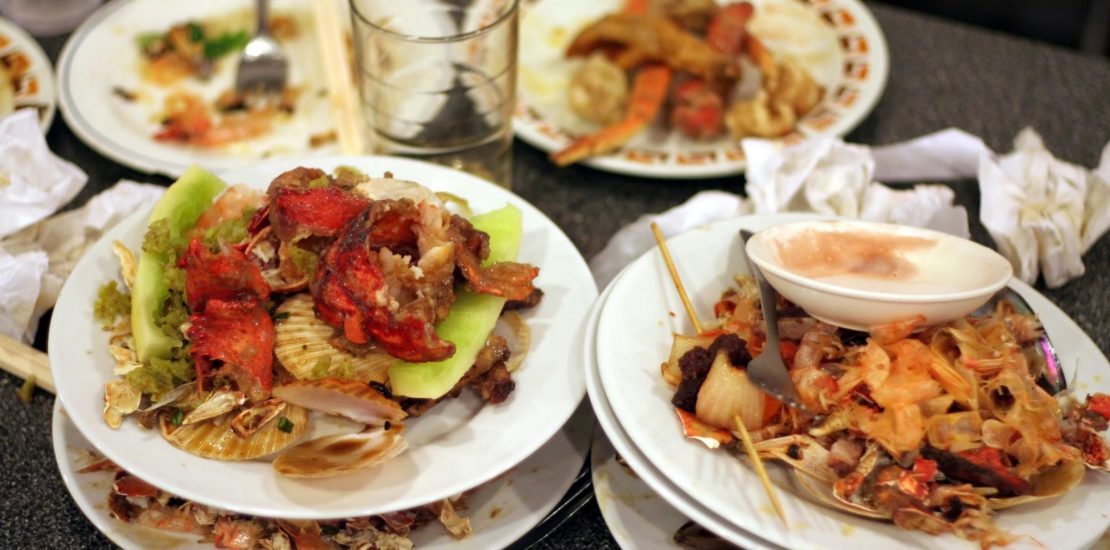- January 4, 2022
- Posted by: simba001
- Category: Uncategorized

Food wastage is rampant globally with about 35% of all food produced going to waste annually. One of the biggest contributors to the food waste problem is the restaurant industry, and all of that waste can hurt your bottom line. By setting goals for your restaurant and making some small changes such as taking inventory, changing your food orders, and using your food creatively, you can have a major impact on your profit margin.
How to Control Food Cost
Reducing food costs and waste starts with tracking and monitoring the food coming into your restaurant. Many restaurants order food in bulk shipments, but it can be difficult to use all of that food before it spoils. To reduce spoilage, here are some steps you can take:
1. Calculate Your Food Costs
Calculating food costs in a restaurant can be a time consuming task, but staying on budget and calculating your finances could help you save time, money, and food in the long run. Some things to take into consideration when calculating a food cost percentage is your inventory, the cost of goods sold (COGS), and food cost percentage. These factors can help you stay on budget and track your profit and loss statement.
How do I calculate my food cost percentage?
The best way to calculate your actual food cost is to take your COGS divided by your food sales, multiplied by 100. This will you give you a result as a percentage.
Food Cost Formula: (Cost of Goods Sold / Food Sales) x 100
A healthy food cost percentage is between 25 and 35 percent. But, do not fret if your percentage is higher than this. If you are spending more on food, you may not be spending as much on labor or rent – which all evens out in the end.
2. Be Consistent When Calculating Inventory
When calculating your inventory, you should be tracking this at a consistent time of the day. For example, it is best to calculate your inventory at the beginning or end of each day. This helps you keep your numbers consistent when calculating inventory and your food cost percentage.
Checking your inventory on a regular basis can give you an idea of how and at what rate your food is being used or wasted. For example, if you notice that you have salami that is going unused and spoiling, change your food order to a lesser amount to reduce the food waste. Conversely, if you’re running out of mozzarella cheese before your dinner service even starts, you need to increase your food order.
3. Work with Your Food Suppliers
Once you have an idea of how much food your restaurant uses at a given time, you can work with your suppliers to lower your food costs. If possible, shop around and see what competing suppliers are willing to offer you. If you have a good relationship with your current supplier, ask them for a discount or to match prices with their competitors.
Another option would be to work out a plan where you buy in bulk but have the order sent in several shipments, rather than all at once. Ordering food in bulk can be cost-effective, but it can lead to food spoiling, which negates any money you would have saved by buying in bulk. Having your shipments sent in several installments ensures that you’re always serving fresh food, reduces the amount of food wasted, and saves you money.
4. Manage Your Food Orders
When it comes to food orders, the harder you’re willing to work, the more you can save. Below are some ideas on how to save money, while also making quality food.
Offer a limited menu. By limiting your menu, you can cut the amount of ingredients you need in your kitchen. Not only can this help reduce food costs and food waste, but it’s ideal when adapting your menu for takeout service.
Take extra time to do the prep work yourself. For example, buying a chicken that is already deboned, skinned, and portioned is going to be more expensive than just buying whole chickens.
Utilize seasonal food to save money on produce. Seasonal food depends on your location, so check out your local farmers market to see what’s fresh and to find inspiration for new recipes.
5. Implement Restaurant Portion Control
Controlling the portions of your food is an excellent way to reduce waste. Monitor how much food is being thrown away. If your customers can’t finish a dish consistently, the portion is too big. Use restaurant portion control tools like portion scales and portion spoons to serve the proper amount of food to your customers.
6. Use the First In, First Out (FIFO) Method
The first in, first out method is pretty straightforward: use the first ingredients that you put into your pantries and refrigerators first. This forces you to use the oldest food first, ensures that you’re always stocked with fresh ingredients, and helps prevent food from expiring without being used
7. Utilize Your Daily Specials
Daily specials can be an effective tool for reducing waste in your kitchen. When you notice food that has been in your pantry for a while, come up with a recipe that features or uses that ingredient, and add it to your daily special list. You can also coordinate with your front-of-house staff to encourage customers to try the daily special, allowing you to clear out your stock while also making a profit.





